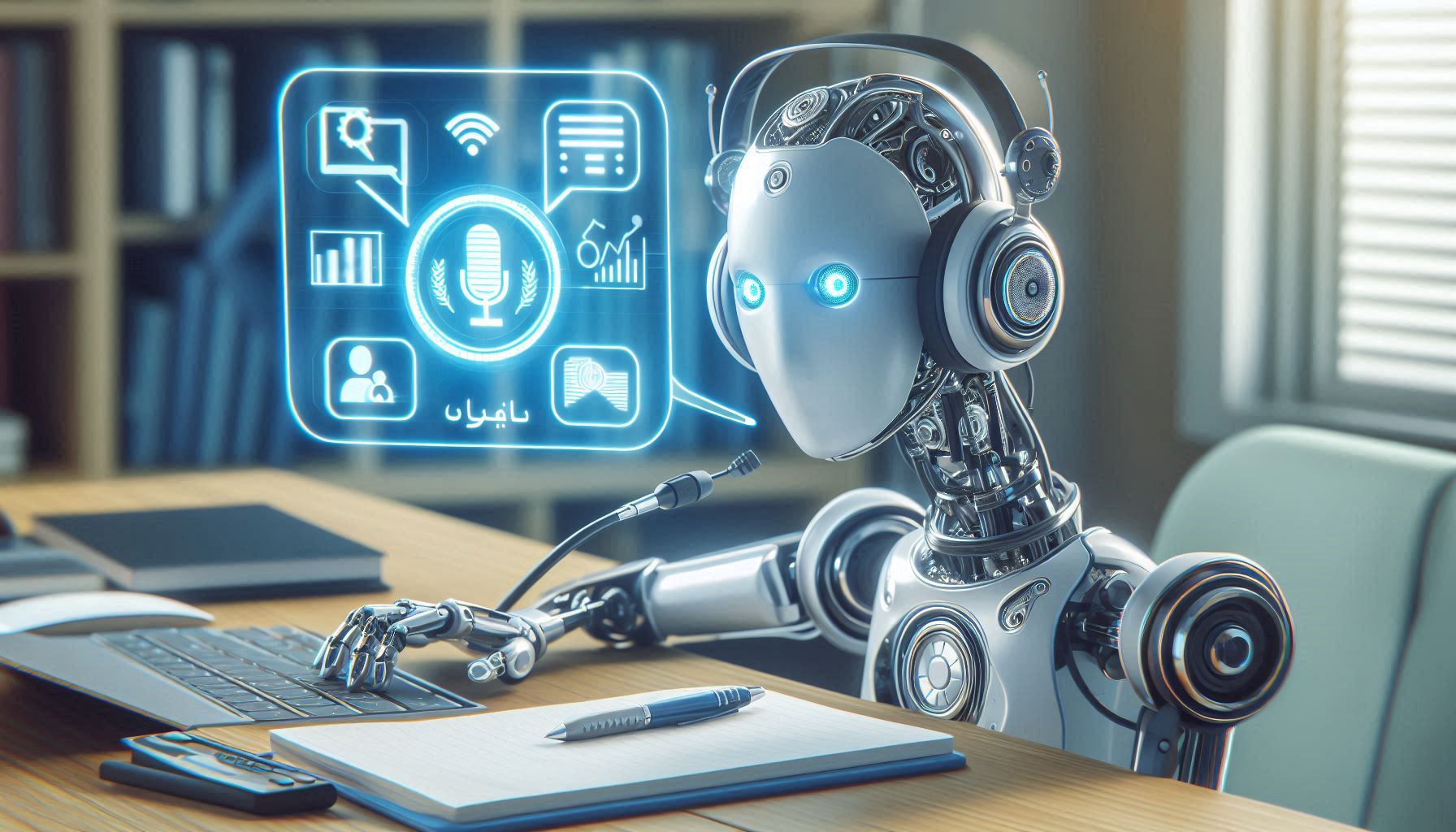In today’s interconnected world, breaking language barriers is more important than ever. The ANFIER M3 Language Translator Earbuds aim to tackle this challenge with cutting-edge technology that blends convenience, versatility, and functionality. Here’s an in-depth look at how these earbuds perform.
Key Features
The ANFIER M3 stands out with its ability to translate 144 languages and accents in real time. This makes it a valuable tool for travelers, business professionals, and anyone navigating multilingual environments. Let’s dive into its main features:
- Multiple Translation Modes:
- Touch Mode: Enables quick translations when interacting with another person. A simple touch activates the translator, offering seamless exchanges.
- Speaker Mode: Amplifies translations so both parties can hear clearly.
- Free Talk Mode: Useful for ongoing conversations without interruptions.
- Offline Translation: One standout feature is the offline mode, available for eight major languages. This ensures functionality in areas with limited or no internet access.
- Dual Purpose: Beyond translation, these earbuds function as regular Bluetooth headphones, suitable for music, phone calls, and virtual meetings. Active noise cancellation enhances sound quality, making them a versatile choice.
- User-Friendly Design: Lightweight and ergonomically designed, the ANFIER M3 provides a snug fit for prolonged use. It’s ideal for long trips or extended conversations.
Pros
- Versatility: Translation across 144 languages means nearly universal usability.
- Ease of Use: Touch controls and voice activation streamline the experience.
- Offline Capability: A lifesaver for travelers in remote areas.
- Audio Quality: Noise-canceling features ensure clear communication.
Cons
- Translation Accuracy: While impressive, the device’s translations may struggle with nuanced phrases, slang, or heavily accented speech.
- Dependence on Connectivity: For most languages, internet access is necessary for real-time translations.
- Battery Life: Heavy usage in translation mode could drain the battery faster than expected.
Who Should Buy It?
If you’re a frequent traveler, business professional, or someone who values multilingual communication tools, the ANFIER M3 Language Translator Earbuds are worth considering. They are particularly beneficial in casual and business conversations where real-time translation can make a significant difference.
Final Verdict
The ANFIER M3 is a strong contender in the translation earbuds market, combining robust functionality with modern design. While not without its limitations, it provides a practical solution for breaking language barriers. For those seeking an efficient, portable translator, this product is an excellent investment.
Would you rely on technology like this to simplify communication? Share your thoughts!
In an era of rapid globalization, effective communication across languages has become an essential skill. With the advent of artificial intelligence (AI) in translation, individuals and businesses now have powerful tools to break language barriers. AI translation offers both opportunities and challenges, reshaping how people interact in multilingual environments. This article explores the pros and cons of AI translation in depth.
The Advantages of AI Translation
1. Speed and Efficiency
One of the most significant advantages of AI translation is its ability to process text and speech at lightning-fast speeds. Traditional human translation, while highly accurate, can be time-consuming and costly. AI-powered tools like Google Translate, DeepL, and real-time translator devices provide instant results, making them ideal for quick communication needs.
For example:
- A traveler in a foreign country can instantly translate menus, signs, or directions using an AI-based app.
- Businesses can translate large volumes of content, such as websites, product descriptions, or manuals, in a fraction of the time it would take a human translator.
2. Cost-Effectiveness
Hiring professional translators or interpreters can be expensive, especially for ongoing or large-scale projects. AI translation tools, often available for free or at a low subscription cost, democratize access to multilingual communication. This affordability is particularly beneficial for small businesses, startups, and individual users.
3. Real-Time Communication
AI translation devices, like the ANFIER M3 earbuds, enable real-time communication between speakers of different languages. This is a game-changer for international meetings, cross-cultural collaborations, and even casual conversations. The ability to communicate in real time reduces misunderstandings and fosters deeper connections.
4. Accessibility
AI translation makes language services accessible to a global audience. Individuals who previously had no means of bridging language gaps can now rely on their smartphones, earbuds, or computers to connect with others. This accessibility has enormous implications for education, travel, and even humanitarian efforts in remote areas.
5. Continuous Learning and Improvement
AI translation systems are constantly improving. Machine learning models like GPT (Generative Pre-trained Transformer) analyze vast datasets to refine their understanding of languages, including syntax, grammar, and idiomatic expressions. Over time, this leads to increased accuracy and fluency.
The Limitations and Challenges of AI Translation
1. Lack of Contextual Understanding
AI translation struggles with context, especially when dealing with idiomatic expressions, cultural nuances, or ambiguous sentences. For instance:
- The English phrase “kick the bucket” could be mistranslated literally instead of its idiomatic meaning of “to die.”
- Complex literary texts or poetry often lose their intended meaning and emotional impact when translated by AI.
While advanced models aim to address these issues, they still fall short of human translators’ ability to interpret and adapt language based on context.
2. Translation Accuracy
Despite significant advancements, AI translations are not 100% accurate. Errors are more likely to occur with:
- Highly technical or specialized content, such as legal, medical, or scientific documents.
- Languages with fewer resources or datasets for training AI models.
- Dialects and regional variations that are not well-represented in mainstream AI tools.
Mistakes in translation can lead to miscommunication, which can have serious consequences in critical situations, such as legal proceedings or medical consultations.
3. Dependence on Technology
AI translation tools rely heavily on technology, including internet connectivity, hardware, and software. This dependence can be a disadvantage in scenarios where:
- Internet access is limited or unavailable.
- Devices malfunction or run out of battery.
- Users lack the technical skills to operate the tools effectively.
Offline translation capabilities, while improving, are still limited in comparison to online services.
4. Privacy and Security Concerns
Using AI translation tools often involves uploading text, documents, or speech to a cloud-based server. This raises concerns about data privacy and security, particularly when sensitive or confidential information is involved. Businesses and individuals must weigh the convenience of AI translation against potential risks to their data.
5. Over-Reliance on AI
While AI translation is a powerful tool, over-reliance on it can lead to complacency in learning languages or understanding cultural differences. Language is deeply tied to culture, and AI tools cannot replicate the empathy and understanding that come from human interaction.
Real-World Applications of AI Translation
1. Travel and Tourism
AI translation has revolutionized the travel industry, enabling tourists to navigate foreign countries with ease. From translating restaurant menus to asking for directions, travelers can rely on AI tools to enhance their experiences. Devices like the ANFIER M3 earbuds further simplify communication by offering real-time speech translation.
2. Business and Commerce
International businesses use AI translation for:
- Localizing websites and marketing materials.
- Communicating with global clients and partners.
- Streamlining customer service through multilingual chatbots.
AI translation allows companies to expand their reach and build stronger relationships in diverse markets.
3. Education
AI translation is making education more accessible by:
- Providing real-time subtitles during online courses or webinars.
- Helping students understand foreign-language textbooks or research papers.
- Supporting language learning through interactive apps.
4. Healthcare
AI translation can assist in breaking language barriers between patients and healthcare providers, especially in emergency situations. However, the accuracy and reliability of translations in this field are crucial to avoid misunderstandings that could impact patient care.
Balancing AI and Human Translation
While AI translation offers many benefits, it cannot completely replace human translators. Instead, a hybrid approach can combine the strengths of both:
- AI for Speed and Scalability: Use AI tools for quick, large-scale translations or casual interactions.
- Humans for Accuracy and Nuance: Rely on professional translators for specialized, critical, or creative content.
For instance, a company might use AI to translate a product manual and then hire a human translator to review and refine the text for accuracy and clarity.
The Future of AI Translation
As technology continues to evolve, the future of AI translation looks promising:
- Improved Contextual Understanding: Advances in natural language processing (NLP) will enable AI tools to better understand context and cultural nuances.
- Expanded Language Support: More languages, dialects, and regional variations will be added to AI translation models.
- Integration with Wearables: Devices like smart glasses and earbuds will become more sophisticated, offering seamless translation experiences.
- Ethical Considerations: Developers will need to address privacy, security, and inclusivity to build trust in AI translation systems.
Conclusion
AI translation is a transformative technology that has already made a significant impact on how people communicate across languages. Its speed, affordability, and accessibility make it an invaluable tool for various industries and everyday scenarios. However, it is not without its limitations. Issues with accuracy, context, and privacy highlight the importance of using AI translation thoughtfully and complementing it with human expertise when necessary.
As AI translation continues to improve, it will play an even greater role in fostering global understanding and collaboration. For individuals and businesses alike, learning how to leverage this technology effectively will be key to navigating our increasingly interconnected world.






